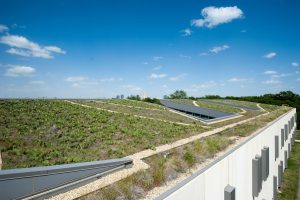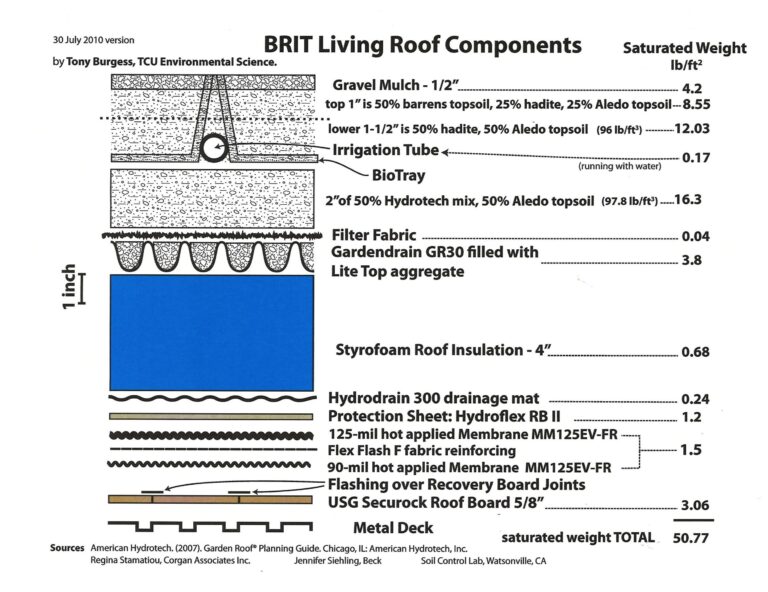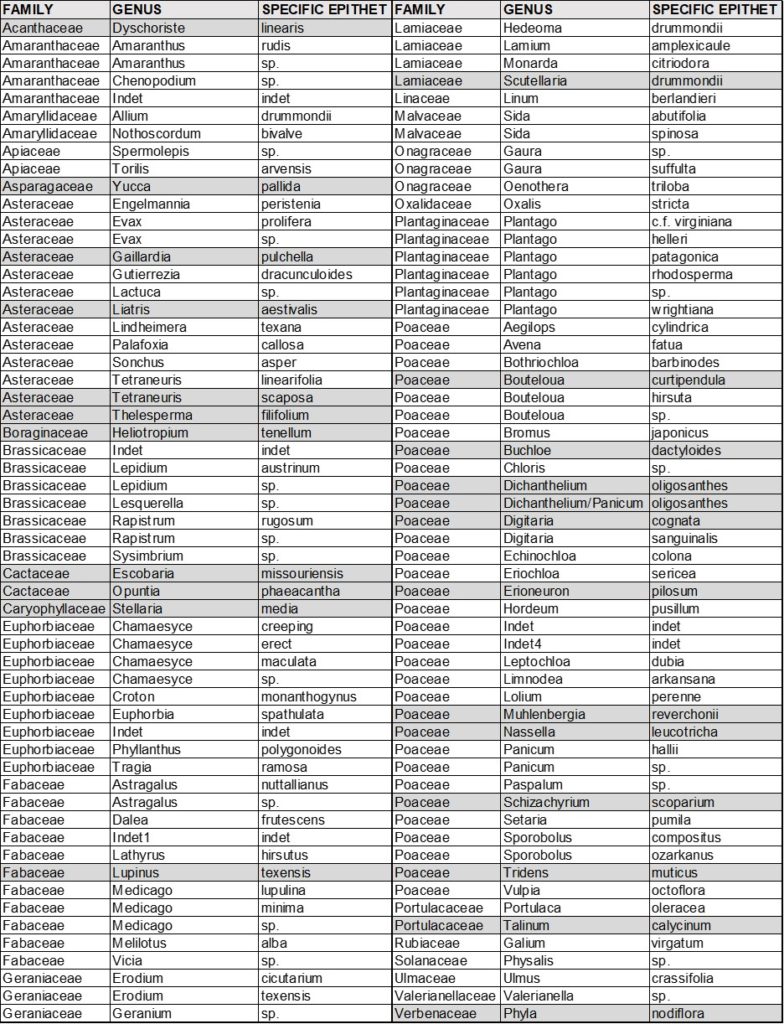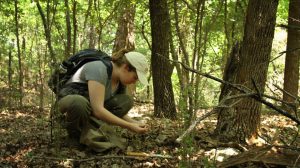Lorem ipsum dolor sit amet, consectetur adipiscing elit. Proin mollis in quam a ultricies. Nulla ac mollis ipsum, eu blandit ante. Nulla bibendum ut lectus hendrerit pharetra. Nullam risus turpis, tempor ut lacinia a, lacinia at risus. Cras molestie semper tristique. Interdum et malesuada fames ac ante ipsum primis in faucibus. Morbi tincidunt, sapien quis pulvinar euismod, ligula ligula imperdiet mi, ac ultricies neque dui a velit. Pellentesque at condimentum justo.
Nulla nec est feugiat, egestas neque ultricies, lacinia eros. Proin lobortis arcu ante, vel laoreet urna maximus ut. Donec lacinia magna at pulvinar viverra. Suspendisse lorem diam, placerat tempus luctus ac, ultricies at urna. Proin id bibendum ex. Donec neque magna, pretium ut sem a, ultricies sollicitudin urna. Maecenas gravida sed nibh et faucibus. Nullam augue odio, dapibus quis vulputate elementum, lobortis vitae sem. Lorem ipsum dolor sit amet, consectetur adipiscing elit. Duis eu ipsum ultricies, blandit orci id, gravida dolor. Nam tincidunt fermentum erat, non mattis turpis ornare non.
Nulla facilisi. Pellentesque sodales commodo sapien, a rutrum augue congue vel. Nunc fermentum feugiat orci, eget tincidunt mauris varius feugiat. Nunc tristique faucibus nibh ut tincidunt. Praesent porta nunc massa. Donec lacinia ante quis sem convallis tempor. Nam fringilla magna gravida, placerat arcu id, sodales dolor. Morbi faucibus dolor sit amet sem gravida, ut tincidunt libero rutrum. Sed id leo in erat gravida viverra in vitae ex. Vestibulum tempor, odio at malesuada ultrices, nibh libero suscipit magna, ut egestas nibh augue et dolor.
Sed nunc ante, fringilla at justo at, consectetur commodo tortor. Integer elementum vestibulum ante ac euismod. Nunc velit mauris, hendrerit non mauris a, rhoncus mollis eros. Donec risus dui, sodales vitae finibus vitae, congue a justo. In ut tortor a nibh eleifend pharetra. Etiam convallis mi sem, vitae pellentesque nulla egestas eget. Suspendisse ut nunc metus. In interdum urna ante, non euismod ante eleifend et. Vestibulum ullamcorper sem a scelerisque eleifend. Nulla eget ligula porta augue ultrices iaculis et id ipsum. Pellentesque sed erat lobortis, fermentum elit in, vehicula elit.
Suspendisse lacus dui, fermentum at felis non, ornare finibus nulla. Quisque placerat viverra viverra. Sed non sollicitudin arcu, vitae interdum tellus. Cras a arcu enim. Fusce laoreet diam ac tempus accumsan. Etiam bibendum dictum bibendum. Morbi sit amet posuere sem, placerat congue lectus. Integer non sapien et nisl mollis consequat. Suspendisse egestas facilisis dolor, eget porta mauris viverra ac. Pellentesque vel tincidunt tortor. Fusce non tincidunt dolor. Etiam non dignissim libero, et rhoncus odio. Phasellus dolor ante, iaculis eu urna nec, pretium convallis tellus. Nullam lacinia, diam quis mollis cursus, odio nulla tincidunt lorem, vitae mollis leo erat et ante. Fusce auctor, erat vel bibendum varius, massa orci pretium diam, ut consectetur lorem lectus id risus. Sed at justo consectetur dui mattis euismod.



 List of plant species found on the roof during 2012 vegetative study. Shaded taxa are from the original [purposeful] planting list and were intentionally planted on the roof. For a table version of this list, please email bbest@brit.org.
List of plant species found on the roof during 2012 vegetative study. Shaded taxa are from the original [purposeful] planting list and were intentionally planted on the roof. For a table version of this list, please email bbest@brit.org.  Comprehensive list of plant species found on the roof as of May 2014. For a table version of this list, please email bbest@brit.org.
Comprehensive list of plant species found on the roof as of May 2014. For a table version of this list, please email bbest@brit.org.